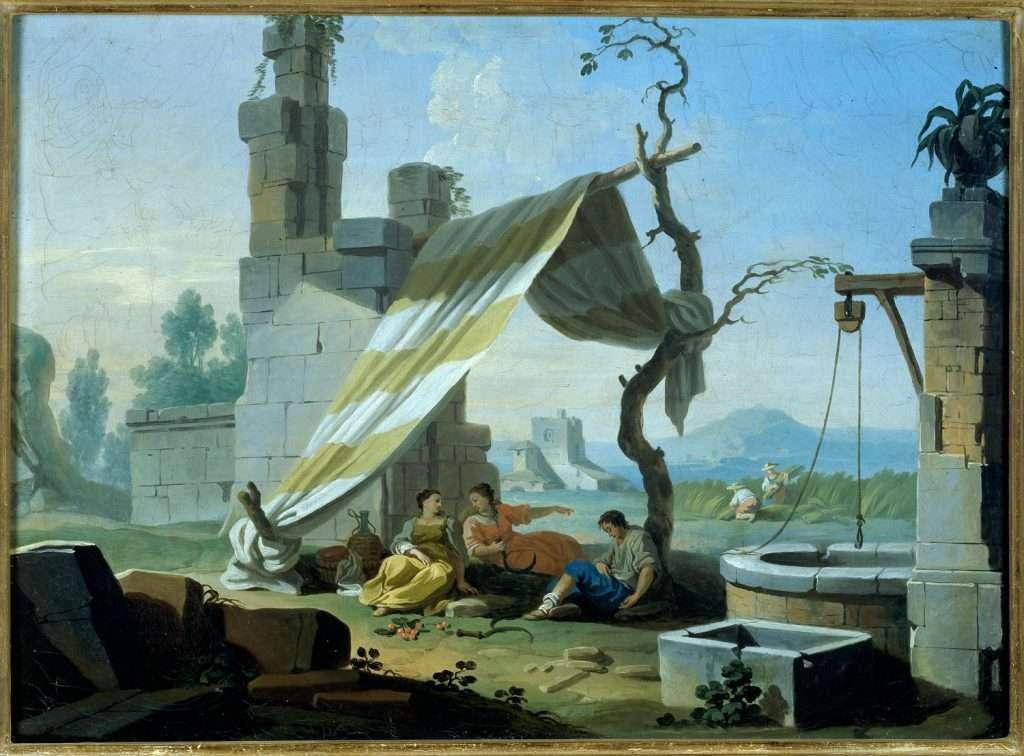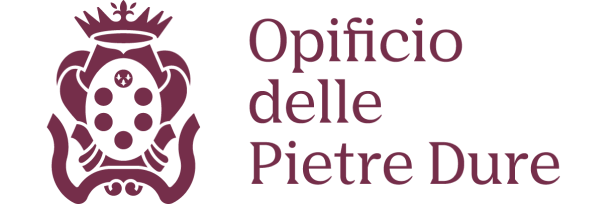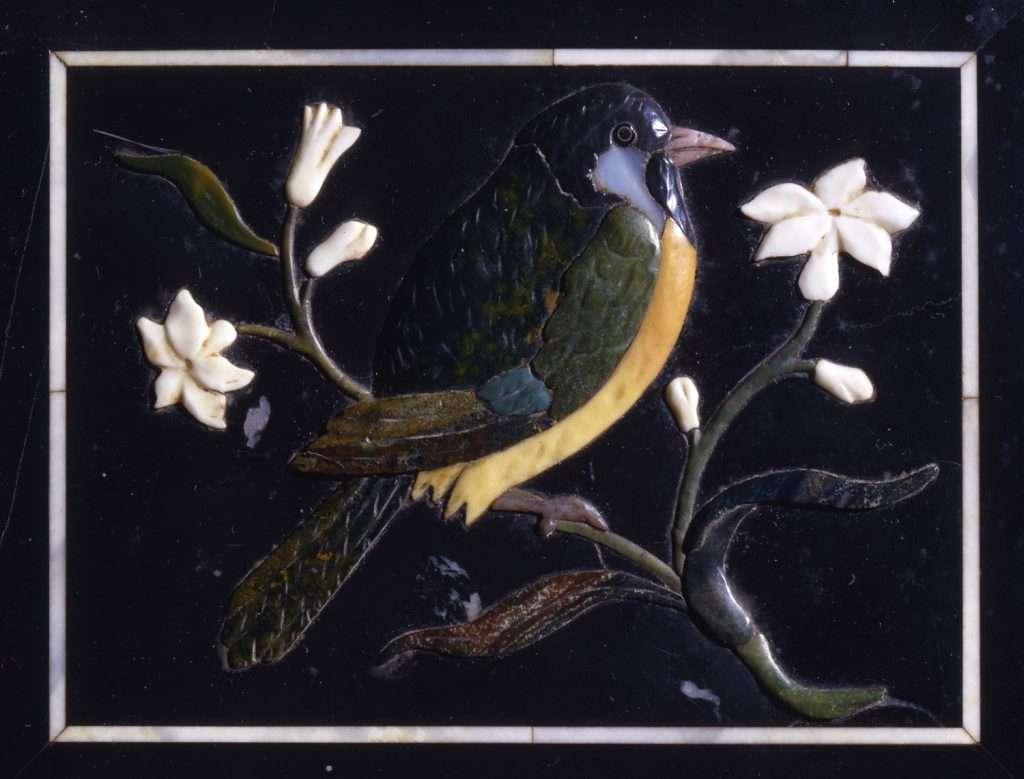

Descrizione
Following the passion of the Medici (especially Francesco I) for naturalistic subjects, from the beginning of the seventeenth century to the end of the grand duchy the production of hard stone inlays was characterized by flowered or fruited branches, birds and insects, variously connected. These widespread motives had somehow become the trademark of the court workshop. The compositions were usually created with a black background, in order to enhance the range of bright colors of the flowers and the plumage of the birds, and they were employed to decorate tabletops and pieces of furniture. These kinds of panels were produced in large quantity in the workshop, and various series were created in advance to shorten the time of design and realization of cabinets and other pieces of furniture. This is why many panels, perhaps never even used, enrich the collection of the Opificio, exhibited in these showcases. These subjects were re-proposed many times without significant variations, except from turning the model on the other side, as you can see in the two panels with birds, displayed in the first showcase. To avoid excessive seriality, stones with various hues were exploited to reproduce apparently very similar artworks, actually very different in the pictorial rendering. A skillful example of the representation of the same model with different stones are the two panels with a sunflower, made in 1664 following the prototype by Girolamo della Valle. They were created using two different classes of stones, hard stones and calcareous, also named “soft stones”. The panel made with soft stones seems to be more successful, due to the shades of the Arno jaspers, that enlight the corolla of the flower, in strong contrast to the green leaves. On the right, above the showcases, you can enjoy a series of oil paintings on canvas by the Florentine painter Giuseppe Zocchi. They were made around the mid eighteenth century for the Hapsburg Lorraine family, successors to the Medici, and they served as models to beautiful transpositions into semi-precious stones, destined to the imperial palace of Vienna. The Lorraine period is illustrated in the Section VI of the Museum.
Sezione successiva


